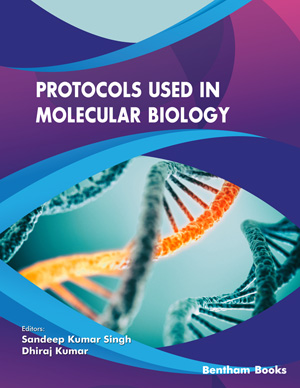RNA Isolation Protocol from Cells and Tissues

- By Pallavi Singh1
-
View Affiliations Hide Affiliations1 Dr. A.P.J. Abdul Kalam Technical University, Lucknow, Uttar Pradesh, India
- Source: Protocols used in Molecular Biology , pp 7-14
- Publication Date: January 2020
- Language: English
RNA Isolation Protocol from Cells and Tissues, Page 1 of 1
< Previous page | Next page > /docserver/preview/fulltext/9789811439315/chapter-2-1.gif
The preparation of intact ribonucleic acid is difficult because of the action of nucleases, which are liberated upon tissue homogenisation. In many cells, high concentrations of the ribonucleases are reserved in the secretory granules and upon disruption of the cell, they get mixed with the RNA and lead to its degradation. Guanidinium chloride and thiocyanate are potent chaotropic agents that reduce hydrophobic interactions and disrupt protein tertiary structures, disassociate proteinnucleic acid complexes and disintegrate cellular structures. Guanidinium thiocyanate is especially strong protein denaturant because both the cation and anion disrupt the hydrophobic bonds between the amino acid side chains. RNA usually binds to proteins within a cell and this agent disassociates the nucleoprotein complex, without disrupting RNA structure. Thus RNA can be obtained by using these agents, after homogenisation and low-speed centrifugation and precipitated with ethanol. The protocol below explains the stepwise isolation of total RNA from cells and tissues using TRIzol reagent which is the mono-phasic solution of phenol and guanidine thiocyanate.
-
From This Site
/content/books/9789811439315.chapter-2dcterms_subject,pub_keyword-contentType:Journal -contentType:Figure -contentType:Table -contentType:SupplementaryData105

